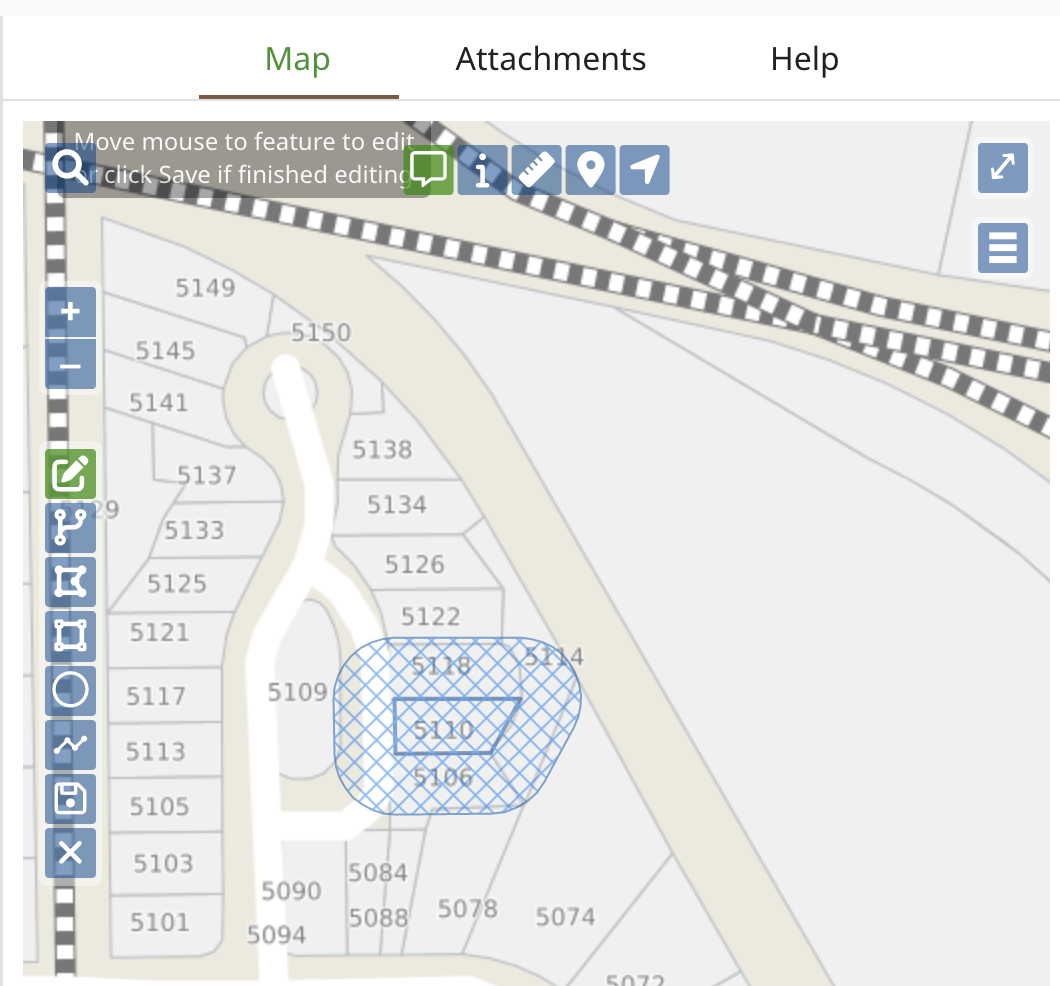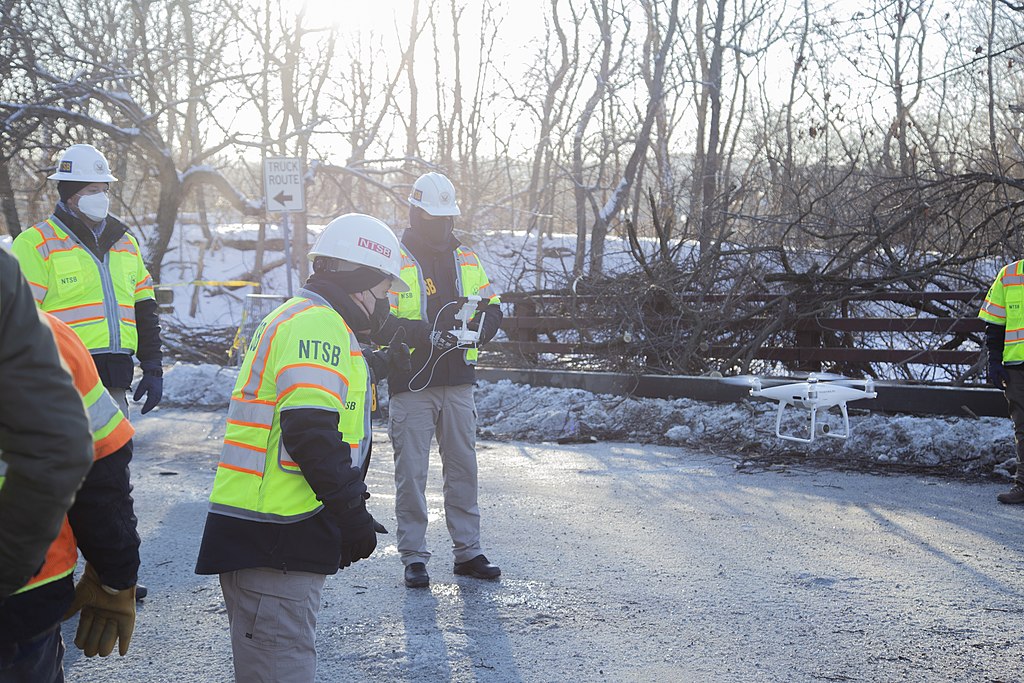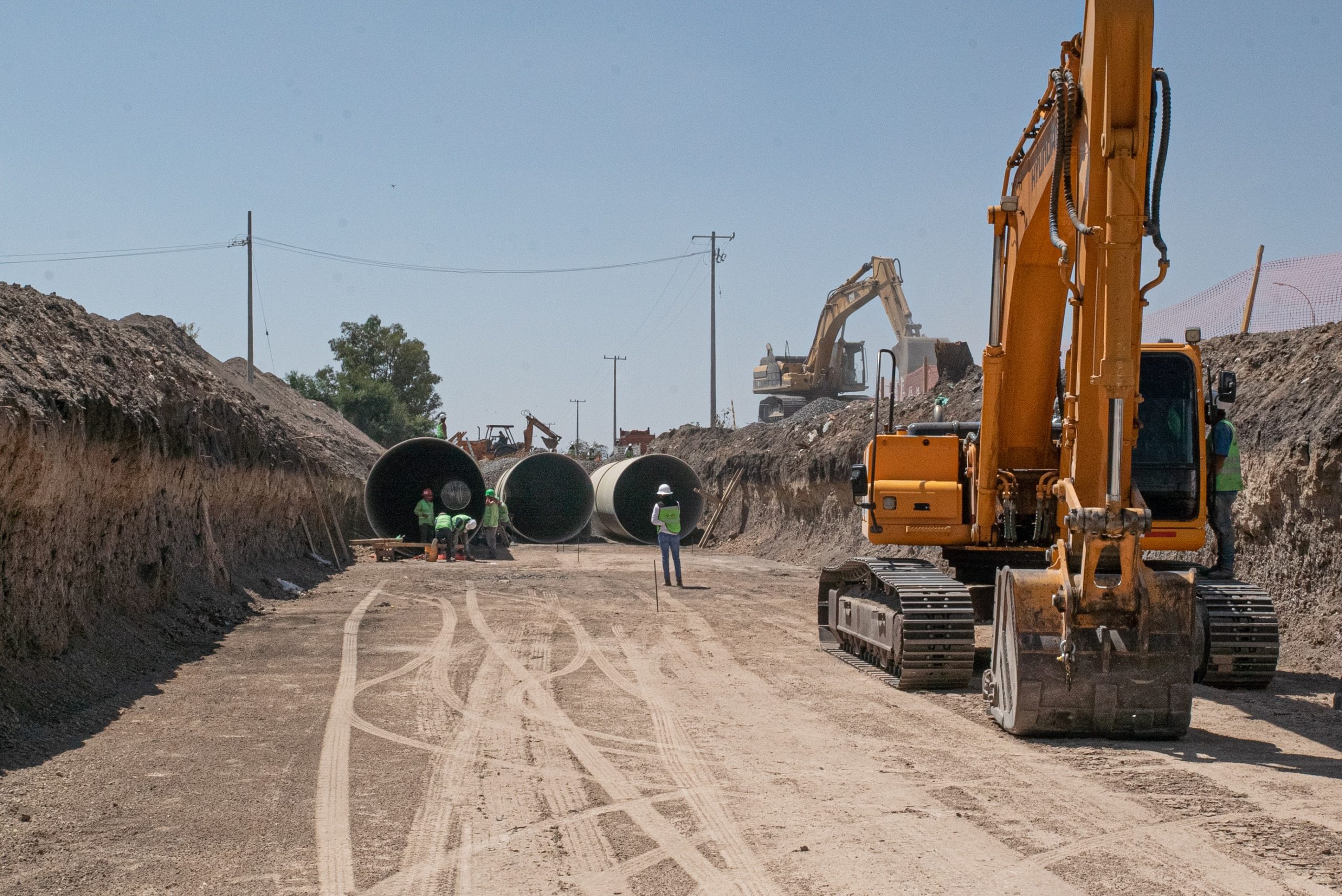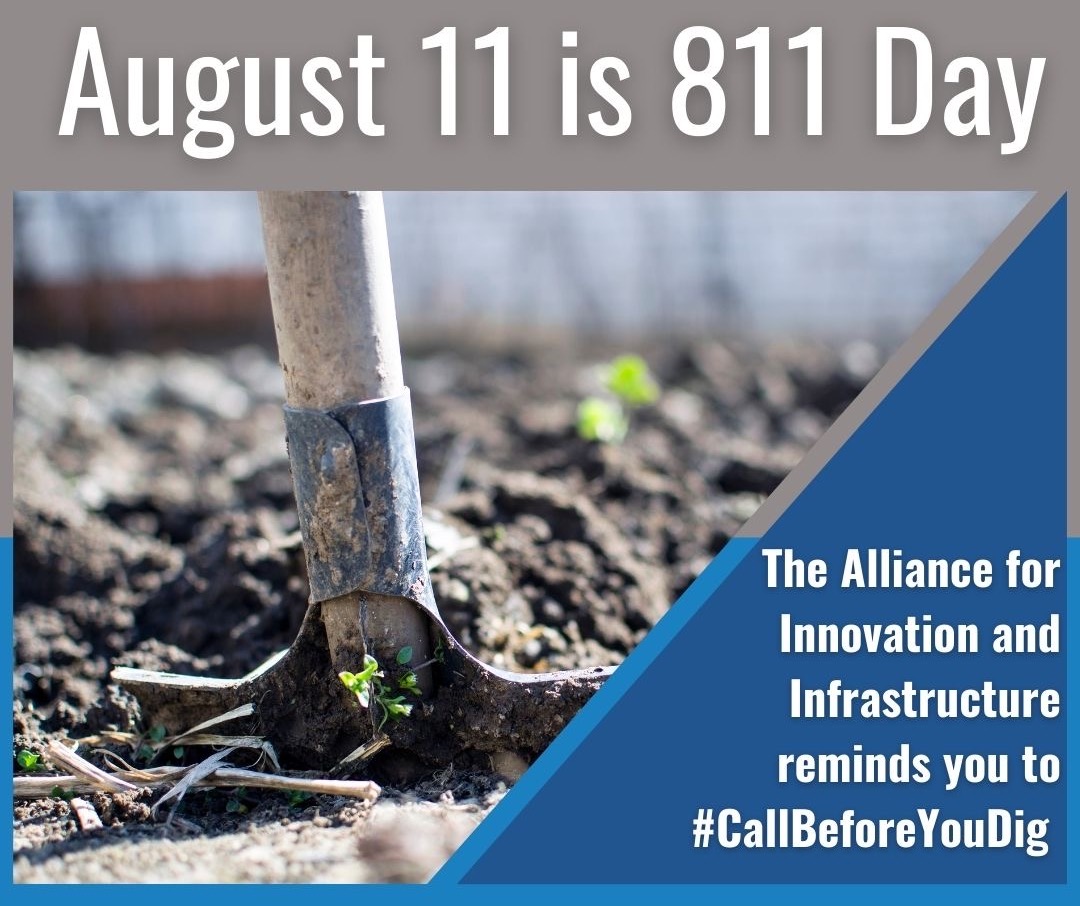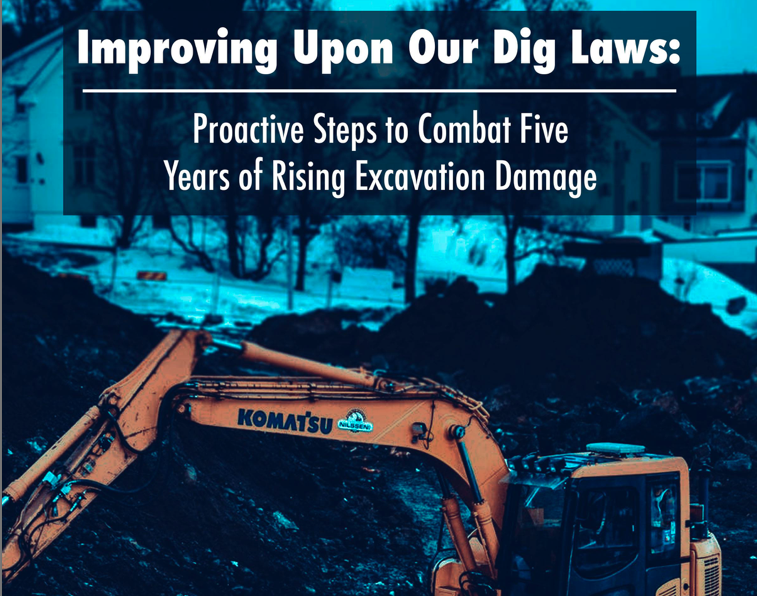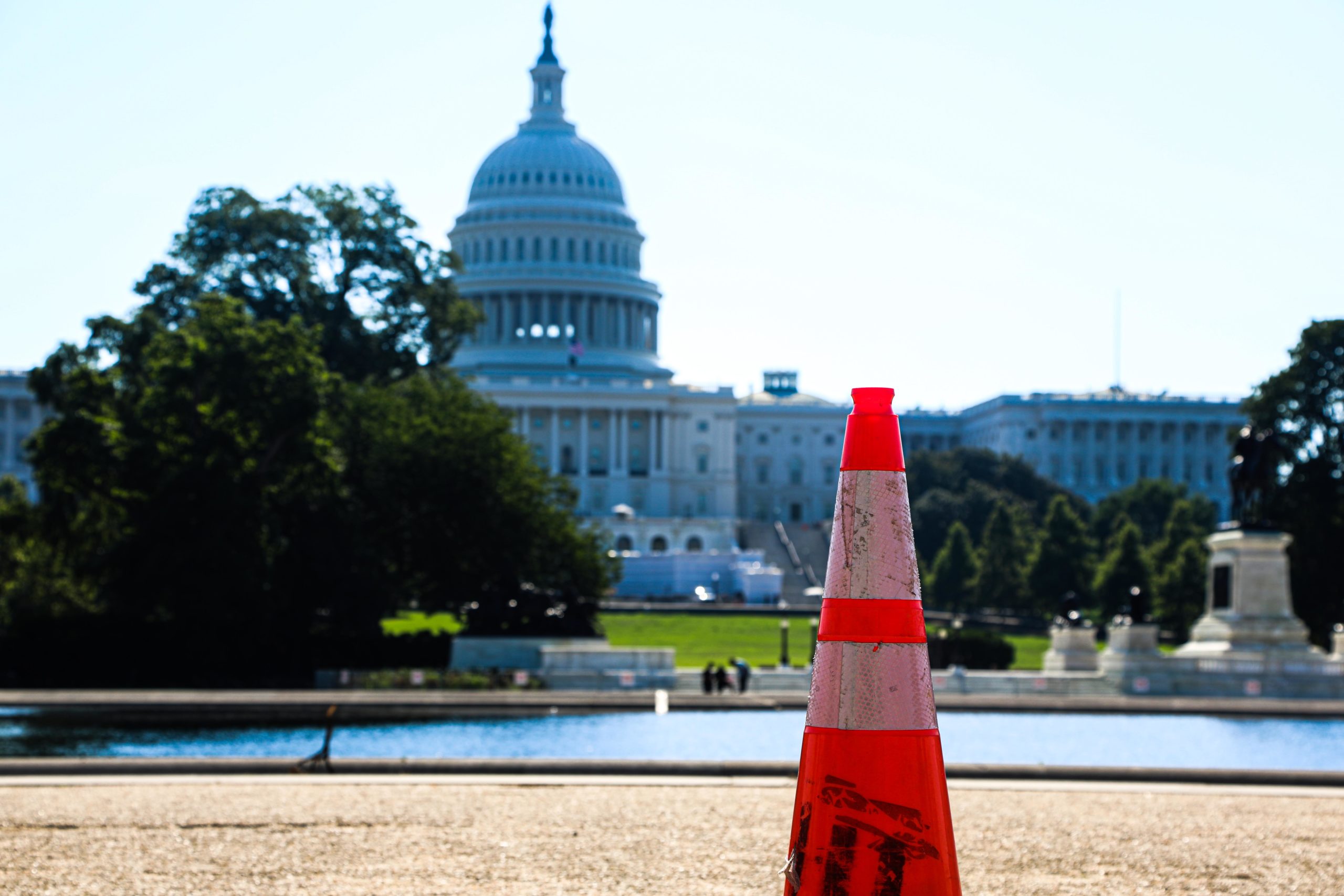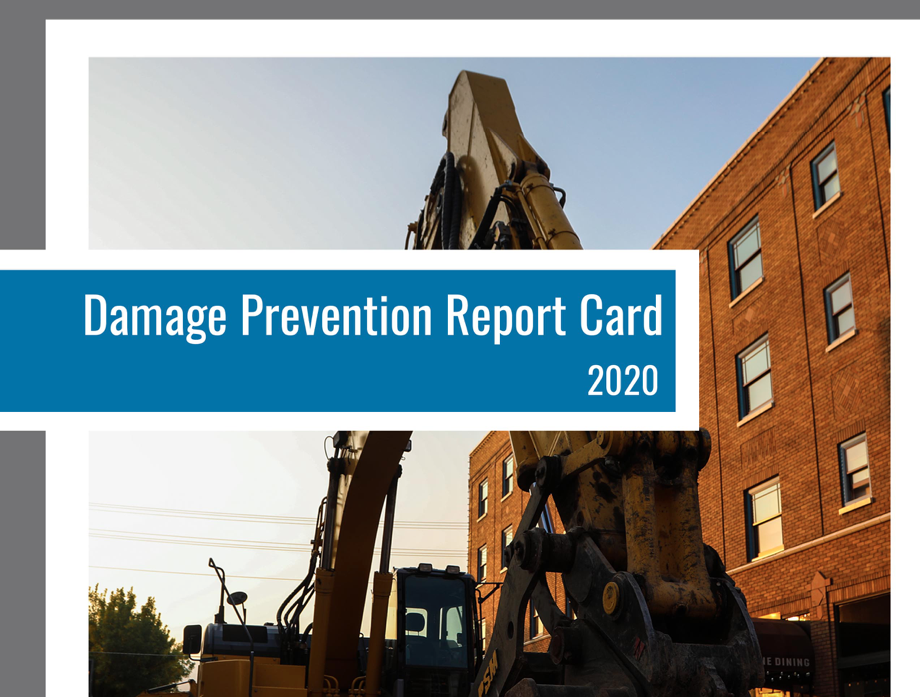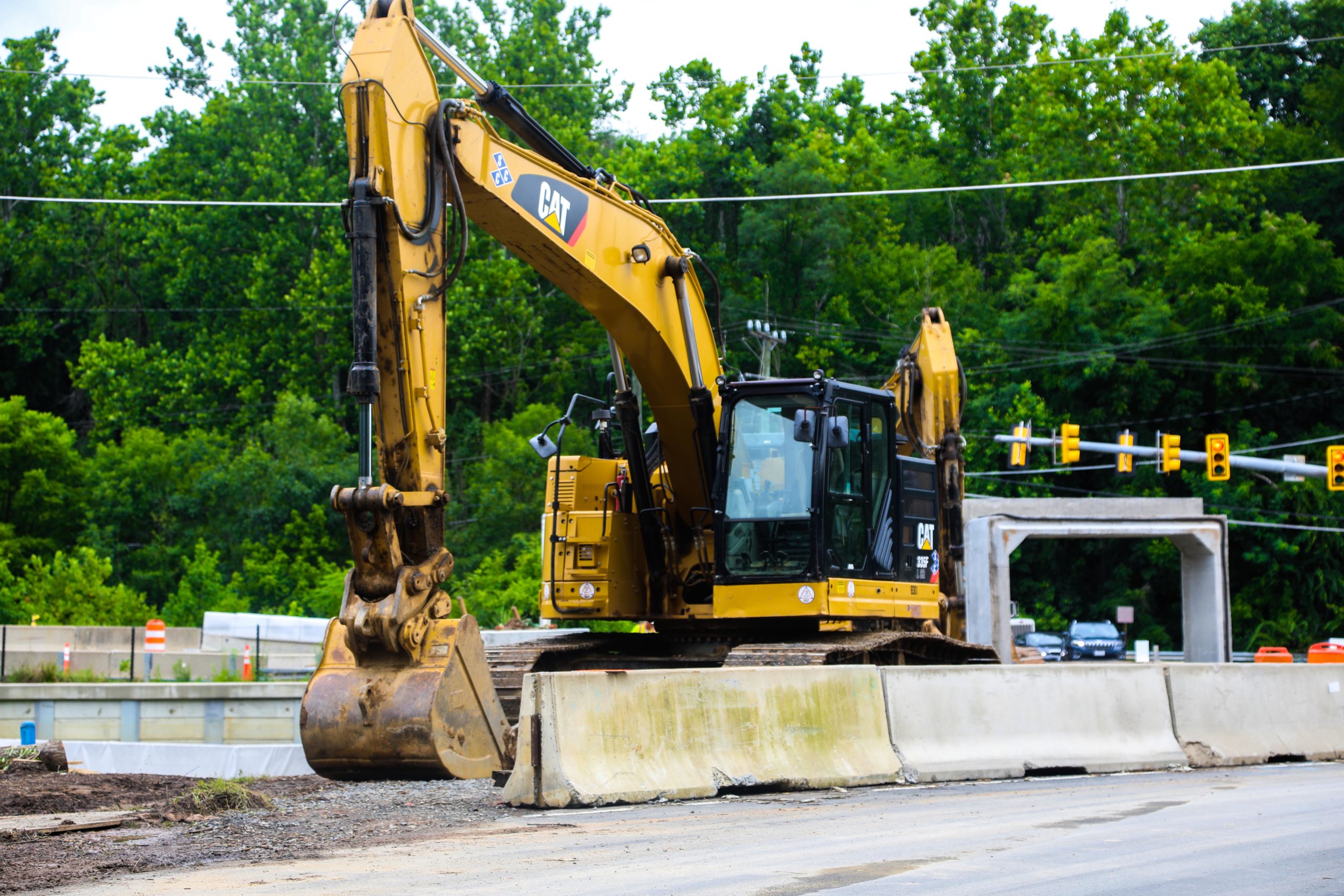While oil spills and pipeline leaks grab headlines, their notoriety is generally a sign of the rarity of accidents. The accidents that do occur can […]
Read MorePost Tagged with: "PHMSA"
Aii Applauds Bipartisan Safety Commitment in PIPES Act
For Immediate Release December 8, 2023 Contact: Benjamin Dierker, bdierker@aii.org Aii Applauds Bipartisan Safety Commitment in PIPES Act WASHINGTON, D.C. (December 8, 2023) […]
Read MoreHow Excavation Damage Harms the Vulnerable
The world beneath our feet is vibrant and complex. Although we cannot see it and often do not think about it, tens of millions of […]
Read MorePipeline Safety Agency Highlights Innovative Technology
Every year, the Pipeline and Hazardous Materials Safety Administration (PHMSA) provides funding opportunities to states and stakeholders to improve and protect pipeline safety. One way […]
Read MoreThink Tank Releases New Report on The Consensus Technologies Needed For Improving Excavation Damage Prevention
It’s Time for Nationwide Adoption of Electronic White-Lining
Looking ahead to the year 2030, we hope to see technology integrated into virtually every activity we do. For damage prevention, this is not merely […]
Read MoreSafer Digging Part 5: Investigating A Damage
Up to this point, we have explored a range of benefits that accrue from the use of technology in the damage prevention process. Not only […]
Read MoreThink Tank Calls for Reexamination of Federal Damage Prevention Approach
Washington, D.C, April 20, 2022 — The Alliance for Innovation and Infrastructure (Aii) on Wednesday released its newest report, Excavation Damage to Underground Infrastructure: A […]
Read MoreOver 99.999% of all U.S. Hazardous Material is Transported Safely
Massive oil spills, natural gas explosions, produced water leaks, and train derailments are environmental and human tragedies. These rare but terrible events grab headlines and […]
Read More811 Day Highlights the Importance of Safe Digging
While you may know March 14 as pi day (3.14) and May 4 as Star Wars day (May the fourth), today is of even greater […]
Read MoreNew Report Recommends Reforms to Damage Prevention Process
Washington D.C, District of Columbia – December 31, 2020 – The Alliance for Innovation and Infrastructure (Aii) today released a new report for industry leaders […]
Read MorePipeline Safety Agency Reauthorized in Year-End Omnibus
With the year-end omnibus budget and coronavirus stimulus package, the federal government’s top pipeline safety agency was reauthorized. The down-to-the-wire omnibus deal included the reauthorization, […]
Read More447 Days Without A Pipeline Safety Reauthorization Bill
While the results of the election are still uncertain, one thing is all too clear: Congress has allowed the nation’s chief pipeline safety regulator to […]
Read More




